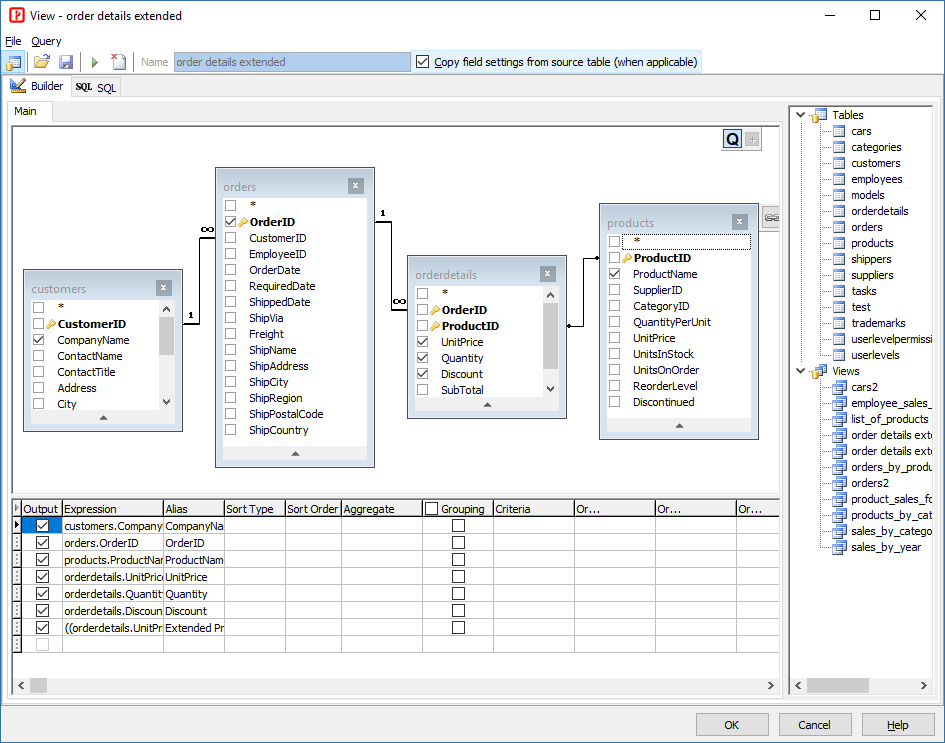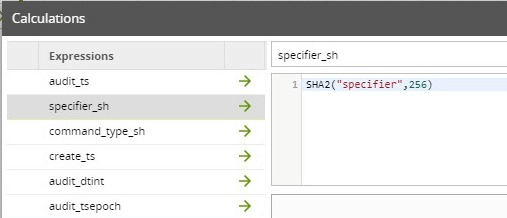

Add three values, type “ALL”,”IN” and “OUT” in both Label and Value textbox.

Choose specify values in Available Values for parameter A. The result looks like below:Ĭreate a table and a parameter (named A) in report. Value: =iif(Parameters!A.Value="ALL",Fields!Amount.Value,iif(Parameters!A.Value="NULL",nothing,Parameters!B.Value)) I want something like: t.DefaultView.RowFilter string. How do I do that It looks like I need some sort of SQL-Like statement.

Select corresponding dataset and value field in Available Values (in our sample is DataSet2 and Amount).Ĭreate a filter in your Tablix Properties. So I tried to filter some rows out if a column is empty or null. Set the data type same as the data type in your table (in our sample, Amount is integer). Select Allow multiple values and set Visibility Hidden. Select * from temp where Amount is not nullĬreate one more parameter (named B). In our sample report, we put the text below into Query: Add three values, type “ALL”,”NULL” and “NOT NULL” in both Label and Value textbox.Ĭreate one more dataset (named DataSet2) to get all not null values. The below works and show All and NULL but doesn't work for NOT NULL values.Ĭreated a sample table and insert some null values (on Amount column).Ĭreate a table and a parameter (named A) in report. Now I want to filter data based on null, not null or all values.
#Phpmaker lookup table filter not null code#
Just remember to use lower-kebab-case for your component name and parameters! You can find sample code for this approach on GitHub.I have a report with parameter and filter. In ASP.NET Core 1.1.0 you can use the alternative tag helper invocation method to pass parameters as attributes. When invoking from a view in ASP.NET Core 1.0.0 or from a controller, you can use an anonymous method to pass parameters, where the properties are the name of the parameters. In this post I showed how you can pass parameters to a view component. This gives a nice syntax for invoking our view components without having to drop into C# land use Component.InvokeAsync(), and will almost certainly become the preferred way to use them in the future. You convert the parameters to lower-kebab case and add them as attributes to the tag, e.g.: Passing parameters to a view component tag helper is the same as for normal tag helpers. The parameterless version of our invocation looks like this: Home About Contact
#Phpmaker lookup table filter not null how to#
In the previous post I showed how to invoke view components as tag helpers. It was created with a simple InvokeAsync method that did not require any parameters: public class LoginStatusViewComponent : ViewComponent Passing parameters to view components when invoked as a tag helper in ASP.NET Core 1.1.0 The view component itself was simple, but it separated out the logic of which template to display from the templates themselves. In the previous post I showed how to create a simple LoginStatusViewComponent that shows you the email of the user and a log out link when a user is logged in, and register or login links when the user is anonymous: In this post I will show how you can pass parameters to a view component when invoking it from your view, from a controller, or when used as a tag helper.

View components are a good fit where you have some complex rendering logic, which does not belong in the UI, and is also not a good fit for an action endpoint - approximately equivalent to child actions from the previous version of ASP.NET. In my last post I showed how to create a custom view component to simplify my Razor views, and separate the logic of what to display from the UI concern.


 0 kommentar(er)
0 kommentar(er)
